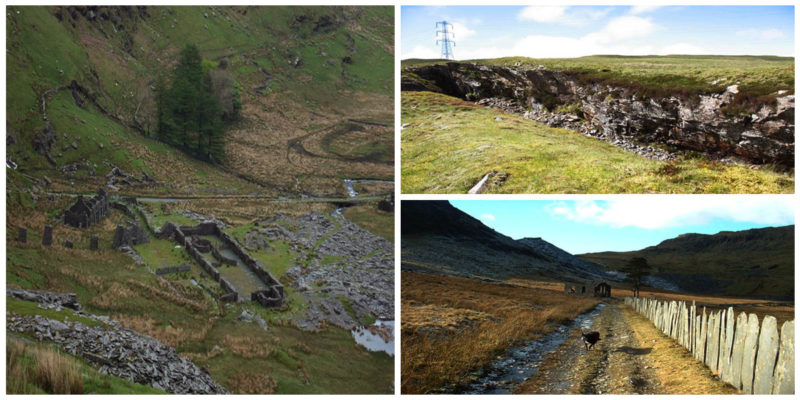The land upon which this quarry is rests once belonged to a farm named Gwmorthin Ucha. This piece of land belonged to William Gore, a member of the British Parliament, and father of John Ormsby-Gore, the future Lord Harlech.
William granted his land to be worked for two years as a quarry by John Williams and Robert Roberts. Robert was already part of Oakeley Quarry, once the largest quarry in the world.
Historians believe it was Robert who provided the initial funds for the formation of this quarry. And so William and Robert took on this task of extracting slate and worked this quarry on their own.
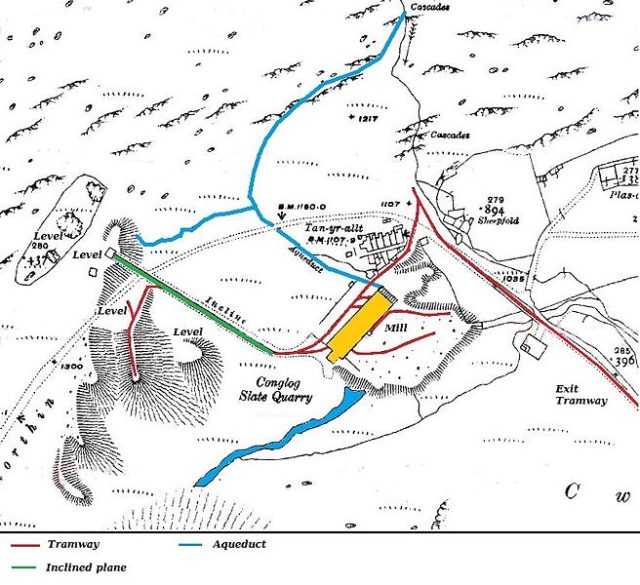
No written evidence exists that proves whether they had help from other collaborators or completed this task heroically on their own. When the lease agreement was renewed in 1866, Robert was the only name mentioned in this document. And so he went on and formed the Conglog Slate Company.
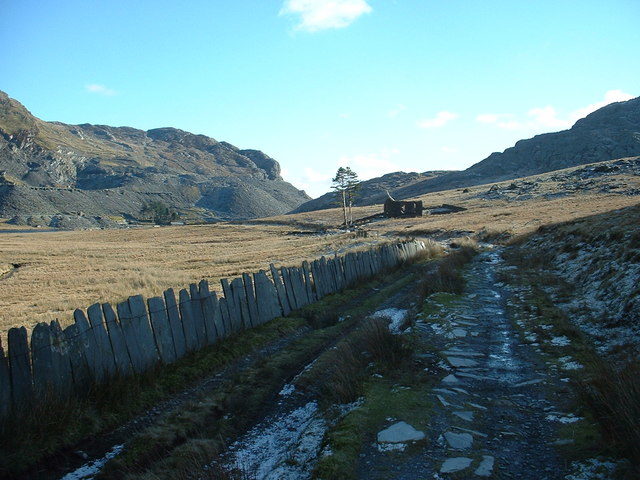
He had a total of 716,000 square meters of land. It was required of him to pay 2 shillings for every ton of rock he extracted from the quarry.
A total of 250 tons were extracted per year which totaled £25. An extra £5 was required for every extra hectare used for dumping the rock waste. Several years later, in 1865, a number of cottages were built in close proximity to Conglog Slate Quarry, a place named Tan-yr-Allt.
These cottages were used by the workers from the nearby Rhosydd quarry. With time, the Conglog quarry grew even more. It grew so much that with time a dispute arose between these two quarries over a piece of earth found in the south-west part of Robert’s land.
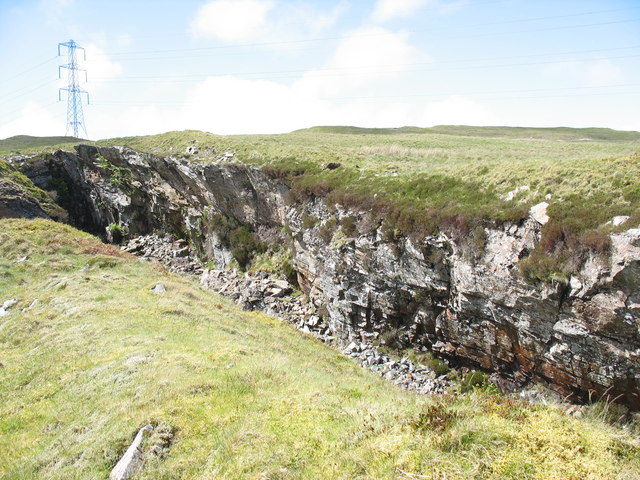
A period later, an agreement was reached. Both companies kept their lands and the disputed area would be used for dumping the rock waste generated by both companies.
The cottages were kept by the Rhosydd quarry. But the agreement stated that the Rhosydd was to give up the cottages if Robert ever wanted them.
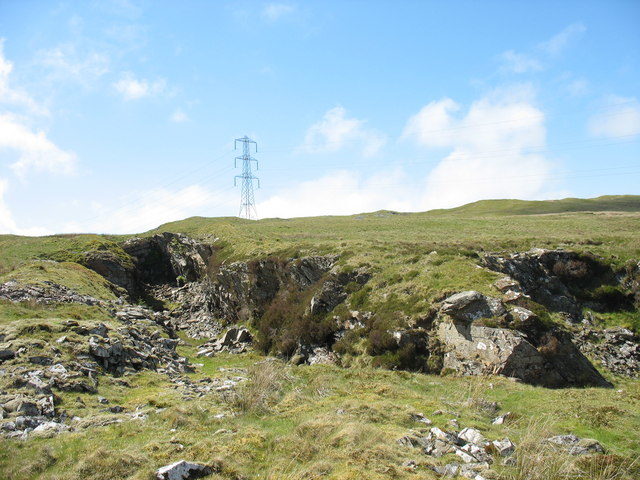
Robert went on with his business and even leased a part of this land to T.M. Matthews and W.H.B. Kempe. Kempe and Matthews were required to pay £900 every year plus £2 for every acre they would use as a dumping site.
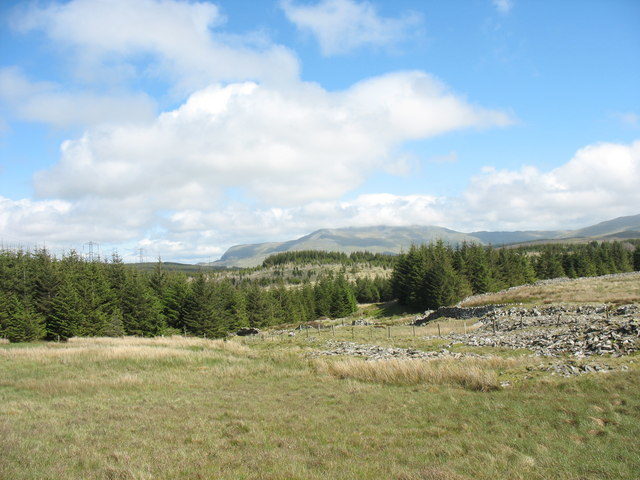
The quarry itself was a prosperous business. It stood on top of three rich veins, though no written evidence exists that indicates the third vein was ever exploited. The first two veins were named back and north respectively. A total of ten spots exists that proves these veins were worked.
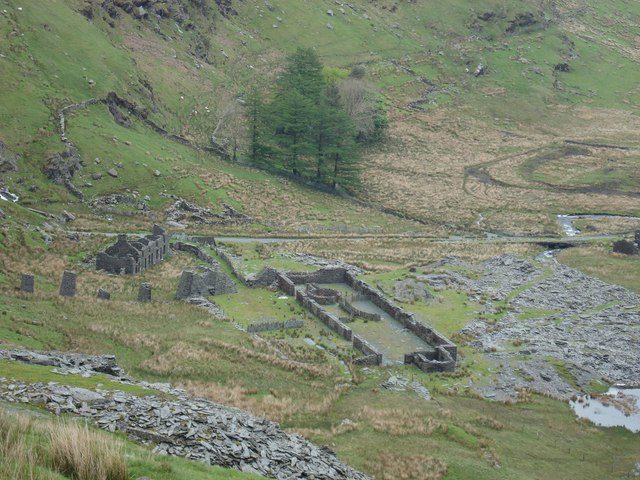
The pits themselves (four in total) were 18 meters apart. The pits were named A through D beginning with the lowest. The ‘A’ pit was 105 meters wide, though not deep enough to reach a vein. The ‘B’ pit was somewhat bigger standing at 20 meters and reached the back vein. The ‘C’ vein ran a bit to the north and just like ‘B’ also reached the back vein. The ‘C’ pit was the highest and thus the only one that remains open to daylight today. The ‘D’ pit was only a trial dig.
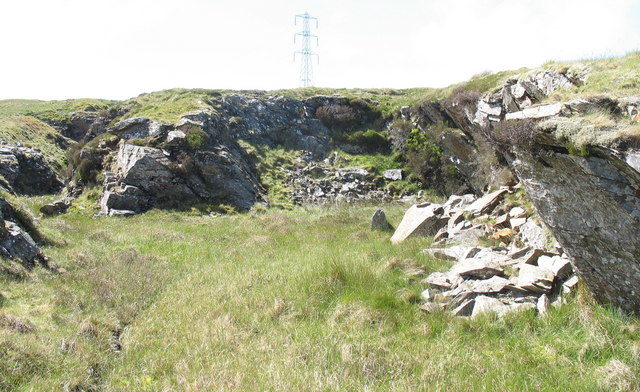
It is believed that that the slate was taken out of the quarry using horses. At a later point, this was done by using a tramway built for this purpose from the materials used in building the Ffestiniog Railway, this tramway was built for the purposes of the quarry, such as transport of materials.
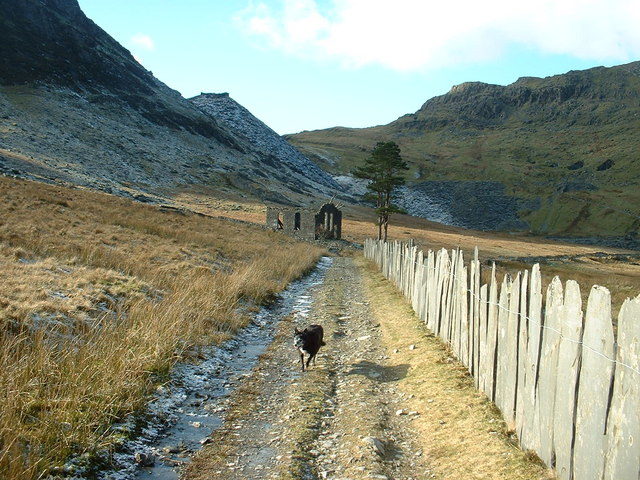
The quarry continued its operations until 1909 when the last load was finally removed. It was officially closed in 1910. Over the years, the quarry was run by an individual, four individual companies, and a couple of partnerships.
Today the quarry remains abandoned with its structures continuously being battered by the elements. All of the buildings now stand roofless, crumbling, surrounded by scorched grass and the lonely peaks of the surrounding mountains.
